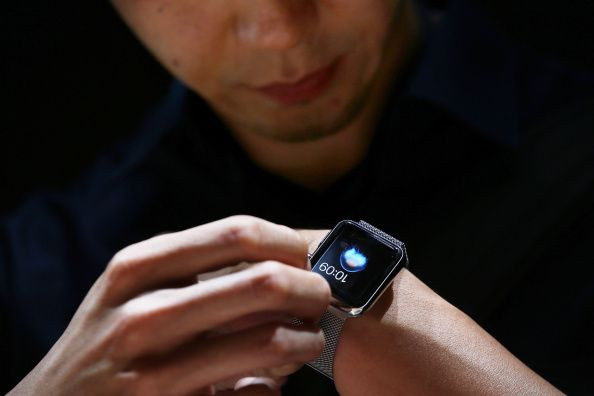New Apple Watch Wristband Could Have Advanced Technology That Translates Gestures Into System Commands

It appears that Apple is eager to make a technologically advanced Apple Watch for next year. Ahead of that, however, a new patent application that was filed for early Thursday details how an upcoming Apple smartwatch wristband could come with an advanced feature that detects gestures and translates them into system commands.
The new Apple patent, entitled “Wristband device input using wrist movement," emerged thanks to the U.S. Patent and Trademark Office. The wrist movement specified in the title pertains to gestures that could be detected as controls or commands for the Apple Watch device itself or for a separate device.
An illustration that came with the patent shows how certain hand gestures would be recognized by the wristband. These movements are said to generate signals that would be compared by the device with the mapped gestures stored in the library of system commands.
According to AppleInsider, the wristband has sensors designed mainly to identify changes in the position of the wrist. Part of this set of sensors are force sensors that are intended to detect wristband deformation and recognize the pressure applied by the user through the wrist’s movement.
The technology could be handy in assigning gestures to trigger commands for answering phone calls, controlling music playback, navigating the smartwatch’s UI and, possibly, controlling other devices connected wirelessly to the Apple Watch.
However, it is still unknown at this point whether Apple is planning on developing a gesture-based control system for its Apple Watch via the watchOS operating system. But if the Cupertino giant is heading this direction, it is possible that in the near future, Apple Watch owners could simply extend their thumbs and pinky fingers — the “telephone” gesture — to answer phone calls.
Aside from this patented invention, another Apple patent application was published on Thursday and it details how the next-generation Apple Watch could identify its user’s vasculature using a Touch ID-like technology designed for the wearable’s heart rate sensor.
© Copyright IBTimes 2025. All rights reserved.




















